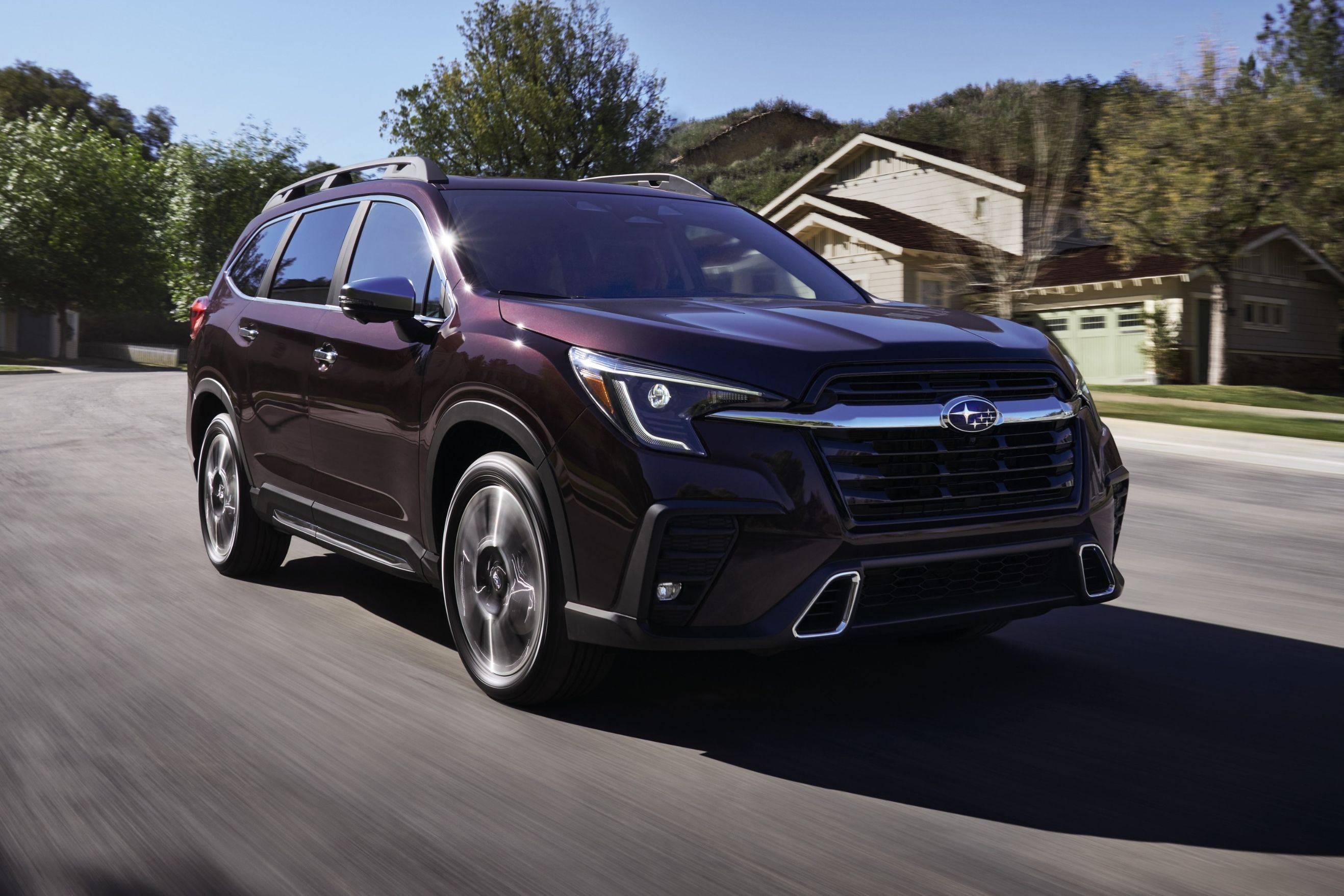
Subaru's success story is something all automakers respect. The small Japanese brand has managed to become a major player in the highly competitive US car market by doing something rather simple: build excellent quality cars that are priced competitively. The fact that all-wheel drive comes standard across the lineup, with the sole exception of the BRZ, is the icing on the cake. Value and quality are two of Subaru's hallmarks and the market has responded, though this did create some problems.
For starters, there were some quality control issues at the Subaru factory in Japan, an usual occurrence for the automaker. There have also been some recalls. The carmaker's second factory, based in the US state of Indiana, also until fairly recently struggled with satisfying demand. Automotive News recently sat down with Subaru of America CEO Tom Doll to discuss a range of topics, among them retail service capacity. This is an issue Doll has pushed for a few years now and, fortunately, some progress has been made.
"We're working with our retailers on that because, with our growth, the service capacity needs to be enhanced," he said. "A lot of our retailers are doing that. They're taking the profits that they're earning and reinvesting those back into their stores, into more lifts and bays." The other issue Subaru has is production. As we previously pointed out, there are only two Subaru production plants globally and despite increasing demand, quality control must be assured.
But will two facilities be enough in the long-term? It's not like Subaru plans on becoming less popular; the exact opposite will happen, in fact. Not only will new customers walk into dealerships, but existing ones will eventually want to replace their vehicles with newer models. Can this two-plant strategy be sustained?
"Right now, we've got enough production capacity - whether it's at our factory in Indiana or in Japan - to get us to our midrange target over the next four to five years of about 800,000 vehicles" Doll explained. "As we go through these next couple of years, depending upon how the market goes and sales go, we'll be making decisions on what to do: if another plant's necessary or perhaps how to expand the existing capacity on the footprint we already have. But those decisions are really a couple years out."
For now, Subaru needs to continue doing two main things: maintain quality control and ensure dealer service capacity. Success like Subaru's brings many responsibilities.
